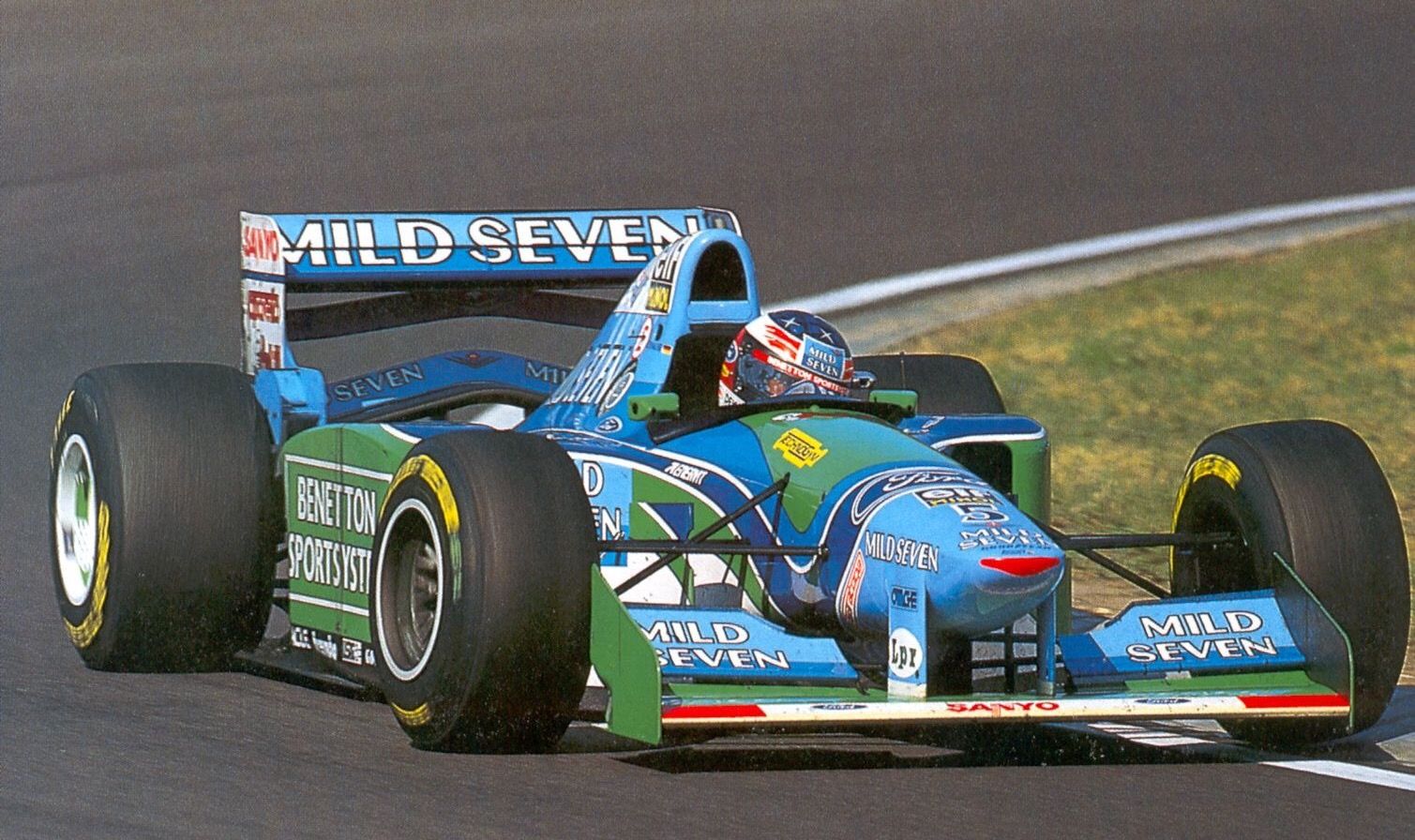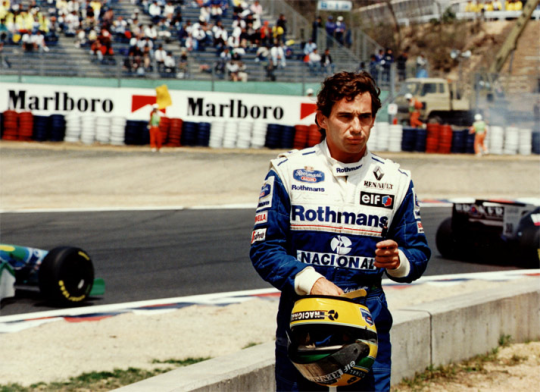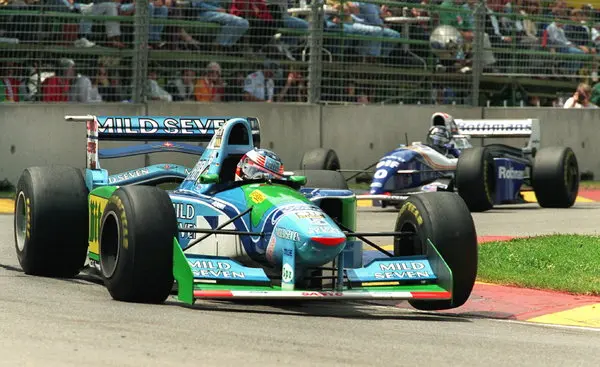
The world of Formula One is no stranger to controversy, and one of the most memorable chapters in its history is the 1994 Benetton scandal. Accusations of employing illicit driver aids, including launch control and the removal of a mandatory fuel flow sensor, cast a shadow over the team’s achievements that season. The controversy not only raised questions about fair play but also brought the FIA’s regulatory diligence into sharp focus.
The 1994 Formula One season was marked by intense competition and technological advancements. Benetton Formula, led by drivers Michael Schumacher and Jos Verstappen, emerged as a dominant force, but their success was marred by suspicions of foul play. The team was alleged to have incorporated two prohibited enhancements that potentially offered a significant competitive advantage.

Launch control, a technology that optimizes a car’s acceleration from a standstill, was explicitly banned in Formula One during the early 1990s. Its implementation could potentially give a team a noticeable edge in the crucial moments after the lights went out, ensuring consistently better starts. Benetton’s cars, including those driven by Schumacher and Verstappen, were suspected of having a secret launch control system through Option 13.
Another issue that drew attention was the removal of a mandatory fuel flow sensor from one of Benetton’s cars, specifically Jos Verstappen’s. Formula One regulations mandated the use of this sensor to monitor fuel consumption and prevent teams from exceeding the allowable fuel flow rate. Its removal could theoretically enable a car to burn more fuel and gain a competitive advantage by achieving greater engine power.

The controversy reached its climax during the 1994 Pacific Grand Prix. Jos Verstappen’s Benetton car caught fire during a pit stop, shedding light on some suspicious irregularities within the team’s electronic systems. The fire inadvertently exposed the potential existence of launch control and other unauthorized modifications. The incident triggered a formal investigation by the FIA. The FIA launched a comprehensive inquiry into the allegations surrounding Benetton’s supposed use of launch control and the removal of the fuel flow sensor. The evidence gathered during the investigation pointed to the presence of these illicit driver aids in the team’s cars. Benetton initially denied any wrongdoing but eventually admitted to using the unauthorized technologies.

In light of the evidence, Benetton was found guilty of violating Formula One regulations. The team faced a fine of $100,000 and had championship points deducted for the relevant races. Despite the controversy, Michael Schumacher retained his 1994 Driver’s Championship title. However, the incident did cast a shadow over his achievement and tarnished his reputation to some extent.

The 1994 Benetton controversy remains a significant and often-cited example of how the pursuit of competitive advantage can lead teams to push the boundaries of regulations. Not to mention Michael Schumacher’s Gamesmanship tactics at the British Grand Prix and ignorance of Black Flag which caused a hefty 2-race ban as well as colliding with championship rival Damon Hill at the final round in Adelaide. The use of launch control and the removal of a fuel flow sensor showcased the lengths to which some teams might go to secure an edge in Formula One racing. While the incident stirred debate and criticism, it also served as a reminder of the importance of enforcing fair play and upholding the integrity of the sport.








